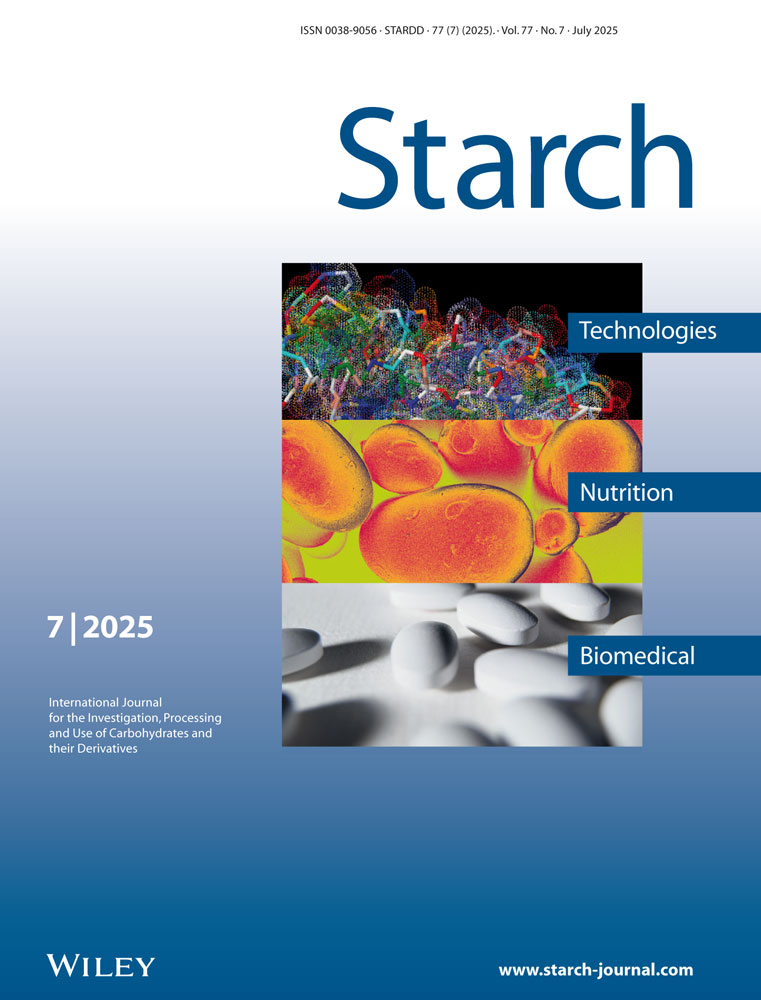Amylose Content in Segregating Populations of Einkorn, Emmer, and Rye
Abstract
Two F2 populations of Triticum monococcum (einkorn), ten of T. turgidum (emmer), and 39 of Secale cereale (rye) were produced and the amylose content of the endosperm halves determined in up to 50 single seeds per population. The apparent amylose contents extended from 1.3 to 28.5 % in T. monococcum, 7.2 to 38.0 % in T. turgidum, and 0.0 to 52.3 % in S. cereale. Small F3 families were examined from two zero-amylose and one 33 %-amylose rye seeds; the “low-amylose” families showed amylose values from 14.9 to 28.7 % but the high-amylose family had 21.0—37.8 % amylose. Genetic gain was therefore easier to demonstrate for higher amylose than for lower amylose content. Part of this difference may have been attributable to the genetics of amylose content demonstrated in the various F2 families. In general, higher amylose was dominant to lower amylose content, with a 3:1 ratio being found in many families. In other families, the amylose content was more additive, with a 1:1:1:1 ratio being found in some and its modification to 1:1 in others. In one tetraploid family, high amylose was apparently recessive to low amylose content, with a 1:3 ratio. The breadth of variation in most families suggested that minor genes and modifiers determined amylose content. Significant genetic variation for amylose content was therefore demonstrated in three agriculturally and evolutionarily important species. Further progress towards enhanced amylose contents to suit particular end-uses should be possible in wheats and ryes.




